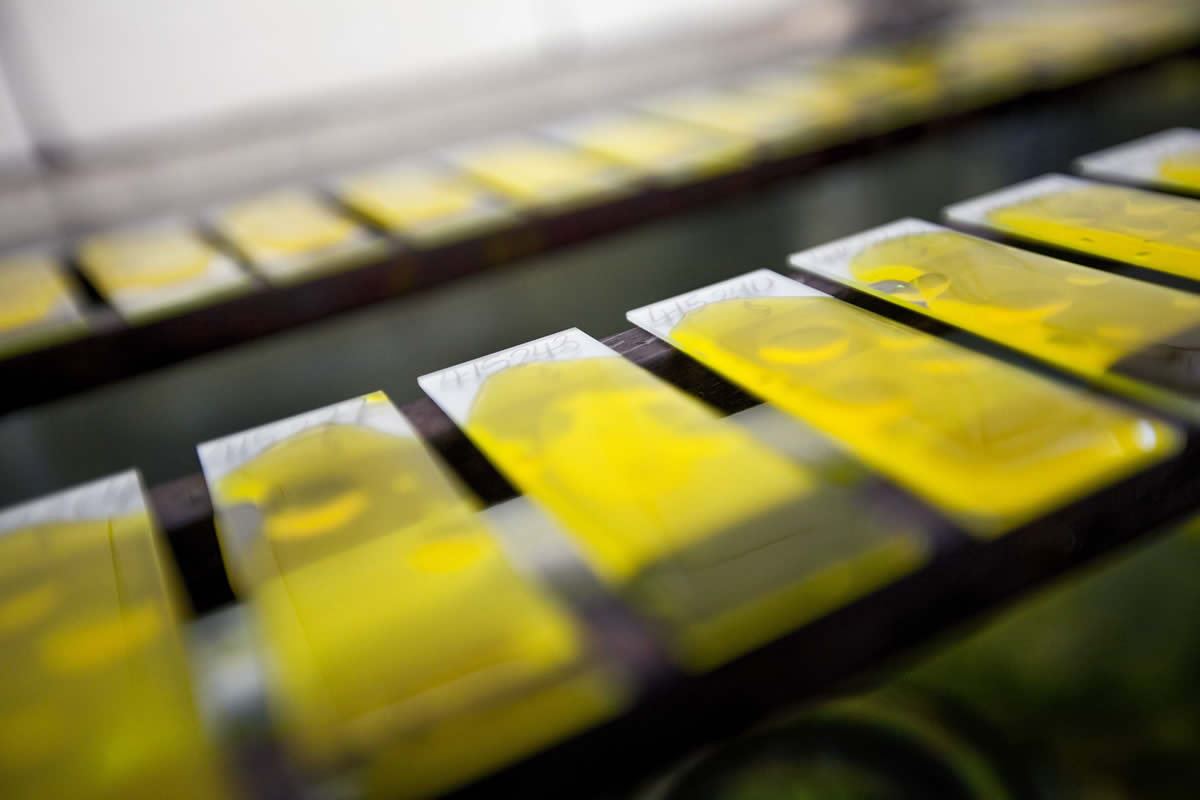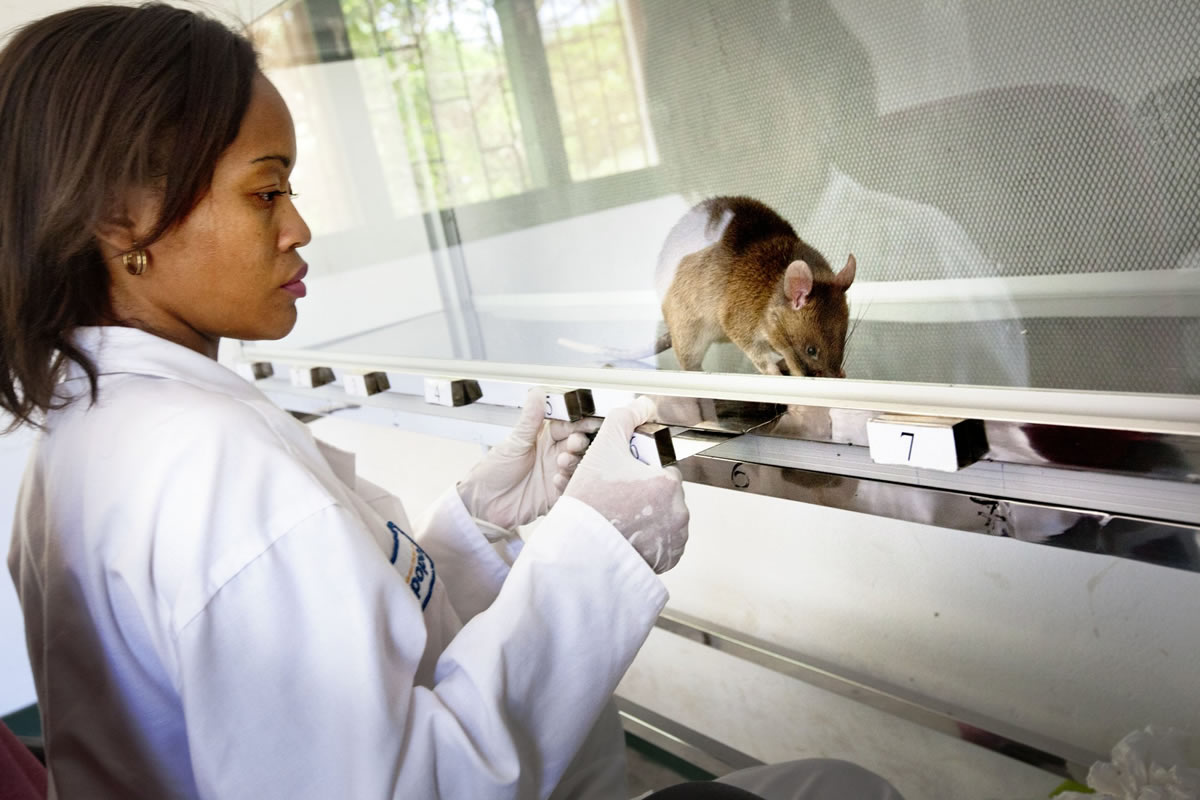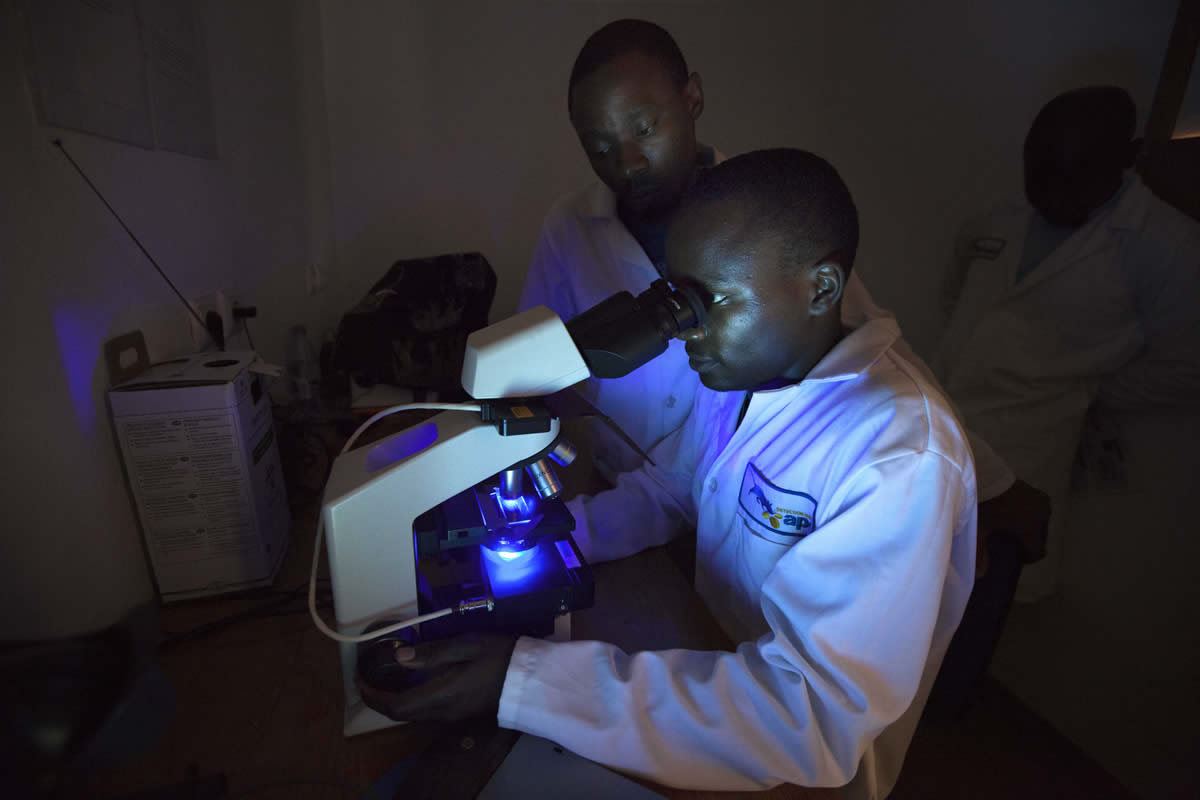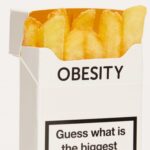Angelina might just have saved a life. But is there science to prove it?
Oblivious to the cameras and probing eyes, Angelina Jolie sniffs hard, her nostrils flaring. She is in heroine mode. Moving swiftly in the glass rectangular tank, she inspects one hole after another at the bottom of the chamber. Suddenly, she stops and scratches at the silver metal disk under an opening.
Angelina may just have saved a life, but all she wants now is the waiting syringe. As she eagerly sucks on the mash of avocado, banana and peanuts from the tube, her furry brown body wriggles in delight.
Angelina Jolie is an African giant pouched rat. The rodent species she belongs to — they are the size of large cats with bodies up to 45cm long — are so common in Africa that they are often seen as pests or, in some regions, eaten. But in a laboratory in Morogoro, a town in Tanzania’s southern highlands, 200km from the capital of Dar es Salaam, they are called HeroRATS.
Highly trained, they are sniffing out tuberculosis (TB).
Despite being curable and preventable, TB is the world’s top infectious disease killer, according to the World Health Organisation (WHO), and each year it claims 1.8-million lives. It is also a leading killer of people with HIV: in 2015, more than a third of HIV deaths (35%) were from TB, WHO data shows.
But TB has to be detected rapidly and accurately for patients to be cured and to stop it from spreading. More than three out of every 10 people with TB worldwide are never diagnosed.
When Lulu Gama lost her appetite and started coughing and tiring, the mother of two young children went to a clinic in Dar es Salaam. She was tested for HIV and TB, but the results were negative.
“I was getting really worried because I was too weak to look after my kids … we all thought I was going to die,” she told Apopo, or Anti-Persoonsmijnen Ontmijnende Product Ontwikkeling, a Belgian nonprofit organisation that trains rats like Angelina to detect not only TB, but also landmines.
Gama, who was by now running a fever, went to two other hospitals for a range of tests. No one could determine what was wrong with her.
She was checked for TB with a test that was developed in the 1880s. Sputum smear microscopy is still the primary method for diagnosis in some low-income countries. As part of the TB test, trained technicians examine slides with phlegm samples under a microscope for the bacteria that cause TB. Despite newer and better technology being available, the test is used because it is simple, inexpensive and accessible, according to research published by open access journal Trends in Bacteriology in 2014.

But scientists have long agreed that smear microscopy has severe limitations and may sometimes miss 40% to 80% of cases, according to a 2006 research review published in The Lancet Infectious Diseases. The centuries-old method is particularly inept in detecting TB in children and people with HIV. It also cannot diagnose drug-resistant TB, which is more difficult to treat than ordinary TB.
Only one in four HIV-positive people with TB are diagnosed through smear microscopy, reveals a 2009 study in Nigeria, published in The Journal of Infection in Developing Countries.
Countries that can afford it, including South Africa, use the WHO-recommended GeneXpert machine to diagnose drug-resistant TB and tuberculosis in patients who have HIV. This machine can detect drug-resistant TB within two hours compared with the standard process, which can take up to two months. As of 2016, Tanzania had rolled out these machines to 25 sites, according to the ministry of health and social welfare.
But the GeneXpert machines are expensive, costing $17 000 (about R225 000) for the most commonly used model. A single testing cartridge can cost up to $17, depending on whether a country receives donor funding or not for the technology. There are additional costs for delivery and installation of the machine, plus annual servicing.
So what should countries do if they cannot afford newer technology?

At the laboratory in Morogoro, scientists say their small army of giant rats, including Angelina Jolie, can help.
It was here that Gama’s sputum sample was eventually sent.
When her local clinic called to tell her she had tested positive for TB, she wanted to know how they diagnosed it. “I couldn’t believe it when they said rats smelt the TB,” she says.
Self-professed rodent lover Bart Weetjens started Apopo, the organisation behind the rat detection technology, in 2005. When he read that gerbils could be used as scent detectors, he was determined to use rats to find landmines. Weetjens chose the African giant pouched rat, Cricetomys Gambianus, which has an excellent sense of smell, can live for up to eight years and is light enough not to set off the landmines.
The project was a runaway success and the rats were soon as far afield as Mozambique, Vietnam and Thailand, sniffing out the TNT in the buried mines. Apopo scientists employed this knowledge and experience to research the use of rats in detecting TB.
From the moment they open their eyes at four weeks old, the pouch-cheeked rats are handled by people, says Haruni Ramadhani, Angelina’s trainer.
“The important part is socialisation. The rats get used to social interaction with people, smells and noises. They shouldn’t be distracted by them,” he says.
Apopo communication officer Lily Shallom says it takes about nine months to train the rats. “Their training starts when they are five to six weeks old.”
During training, the rodents are conditioned to associate the TB scent with a treat, usually avocado, banana or peanuts. After the rat correctly identifies a sample as positive by holding its nose above it, the trainer pushes a clicker, which signals food.
Researchers are still trying to figure out what it is the rats smell: mycobacterium tuberculosis has a specific and unique “odour bouquet”, a blend of organic compounds that the rats recognise.
“They are trained to receive a reward when they get the result right,” says Shallom.
Running the gauntlet
So far, the organisation has trained 58 accredited TB rats. To pass, the animals must diagnose every positive sample from a selection of specimens.
Boda-bodas, or motorcycle taxis, collect negative and positive TB samples that have already been checked by microscopy from 28 health facilities across Tanzania.
At the laboratory, the samples are processed to render them noninfectious, says technologist Gilbert Mwesiga. “When the samples arrive, the bacterium is isolated. It’s heated at 100?C in an autoclave [a machine that uses high heat to sterilise objects] to be inactivated. This ensures there’s no spread of infection.”
The rat then sets to work in the glass tank, moving along quickly between the sniffing holes when a sample on the disk underneath is negative. When it is positive, the rat will pause and scratch at the metal plate.
A rat screens 100 samples in just 20 minutes, Apopo’s researchers say, whereas it would take a lab technician more than two days.
When one or more rats positively identify a sample found to be negative under a microscope, that sample is tested again in the Apopo lab. This time light fluoroscopy is used, a process in which patient samples are soaked with fluorescent stains to make tuberculosis bacteria glow under UV light, making them easier to identify under the microscope.
The rats have identified almost 3 000 patients with TB that weren’t detected through smear microscopy in the past few years, the organisation says on its website.

A 2010 study by Weetjens and other scientists, published in the American Journal of Tropical Medicine and Hygiene, says rats were able to detect about 44% more TB cases than those identified through smear microscopy.
“The rats are almost always accurate in detecting TB,” says Shallom.
But not all scientists are convinced, with some privately calling it a “gimmick” and raising doubts about how health workers would implement and quality assure a rat-based TB detection programme.
A 2015 study published in the journal PlosOne found slightly worse results than previous research, and although rats were still able to pick up about 60% of TB-positive samples, researchers noted there were large variations between the rodents’ individual performances. While scientists recommended further work be done to improve “rat technology” in TB, they cautioned animals like Angelina don’t yet meet some WHO standards for rapid TB testing.
The rats, Shallom says, have a lifetime cost of $6 500 compared with the $17 000 GeneXpert machine. This includes trainer salaries, building costs and food.
Apopo’s TB-sniffing rodents are in operation in Mozambique and there are plans to branch out to Ethiopia.
While the rats are a second-line detection system, Apopo is researching the use of the rodents as a primary TB screening tool in prisons in Tanzania and Mozambique.
Gama, who started treatment after being diagnosed, slowly recovered. She is now the rodents’ biggest fan and raises TB awareness. “A rat saved my life,” she says.
Back at the Apopo lab, Angelina Jolie is testing the next batch of samples. Each time she gets it right, Ramadhani calls out, presses a clicker and Angelina runs to a peephole through which she is fed the contents of the syringe. The lab’s star rat whizzes through 100 samples in just nine minutes, correctly identifying 65.
And in that short time, she sniffs out six potential TB cases that the clinics had not detected.





